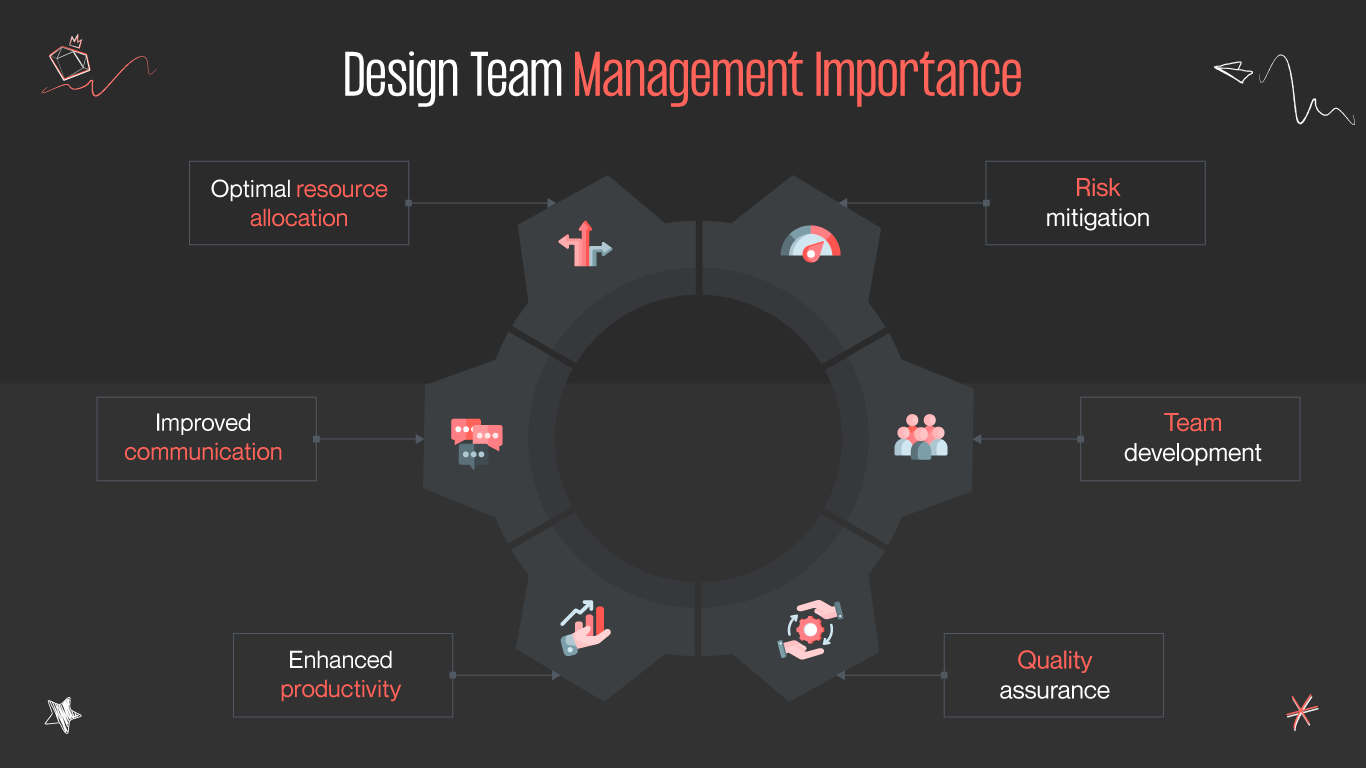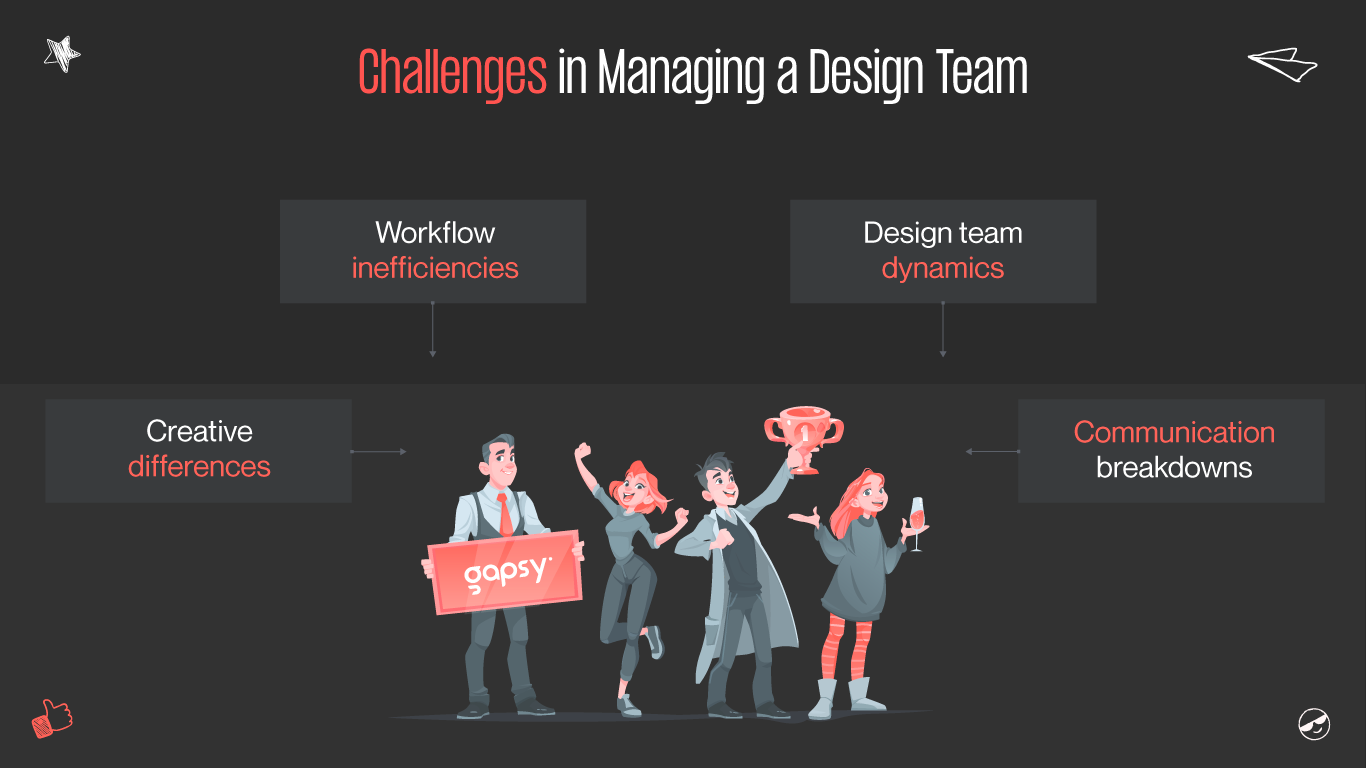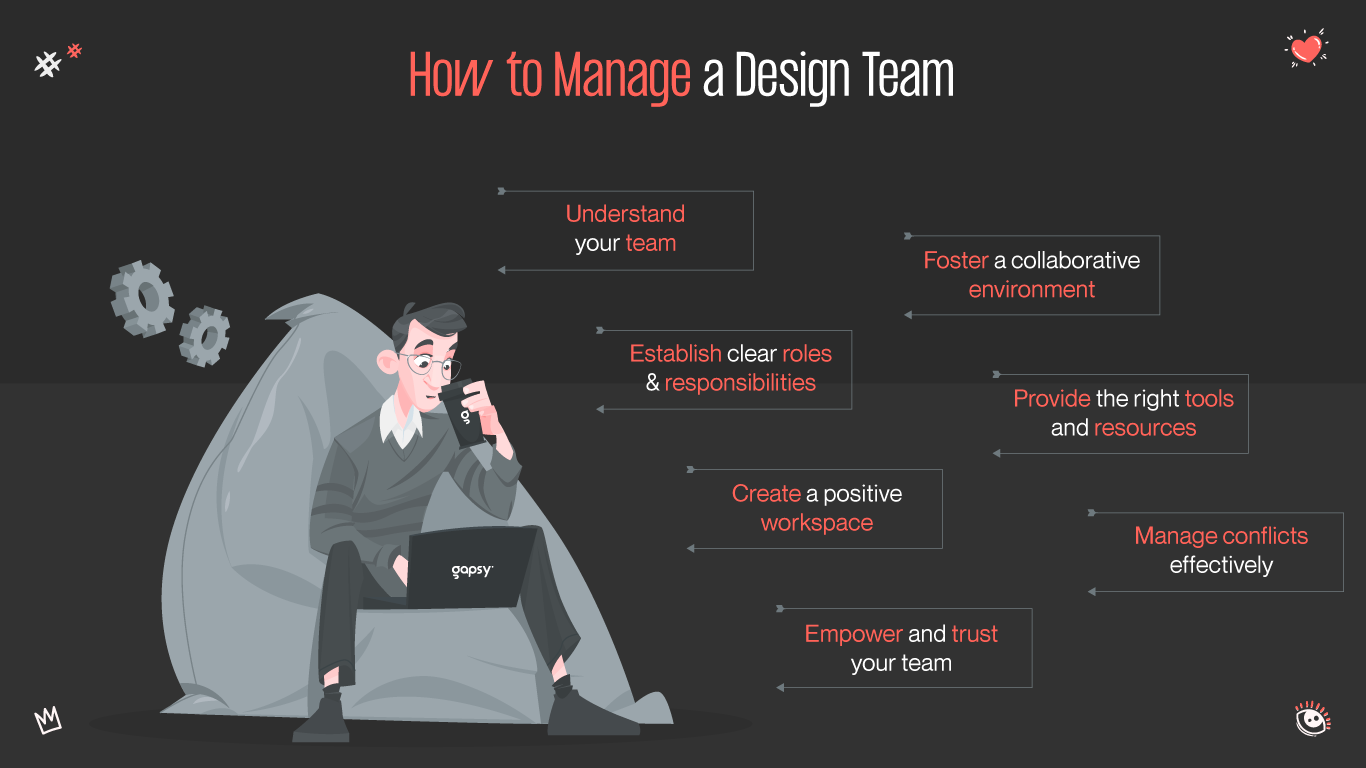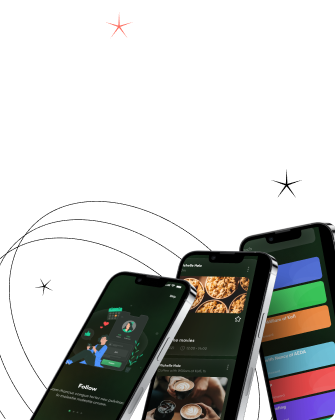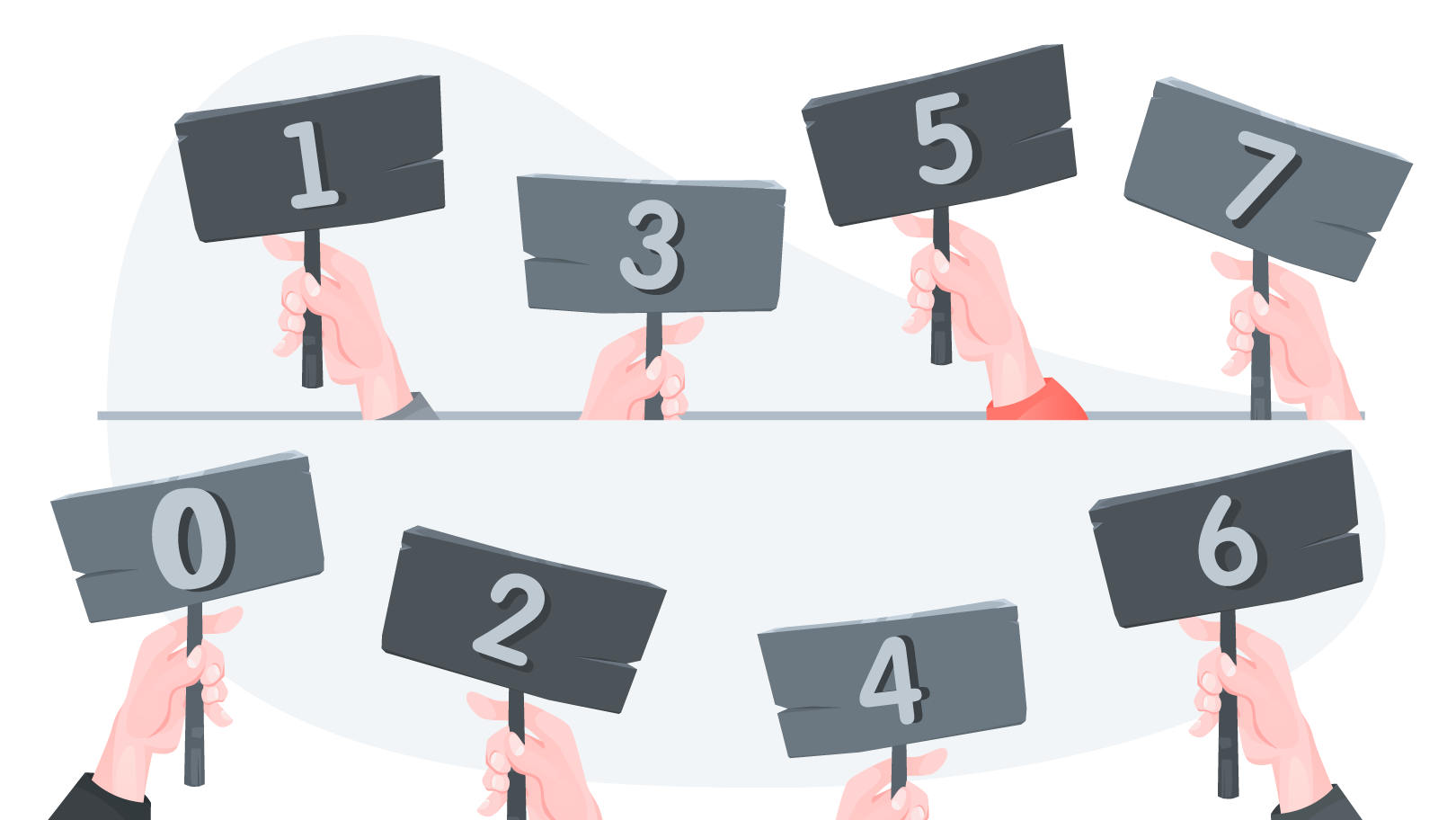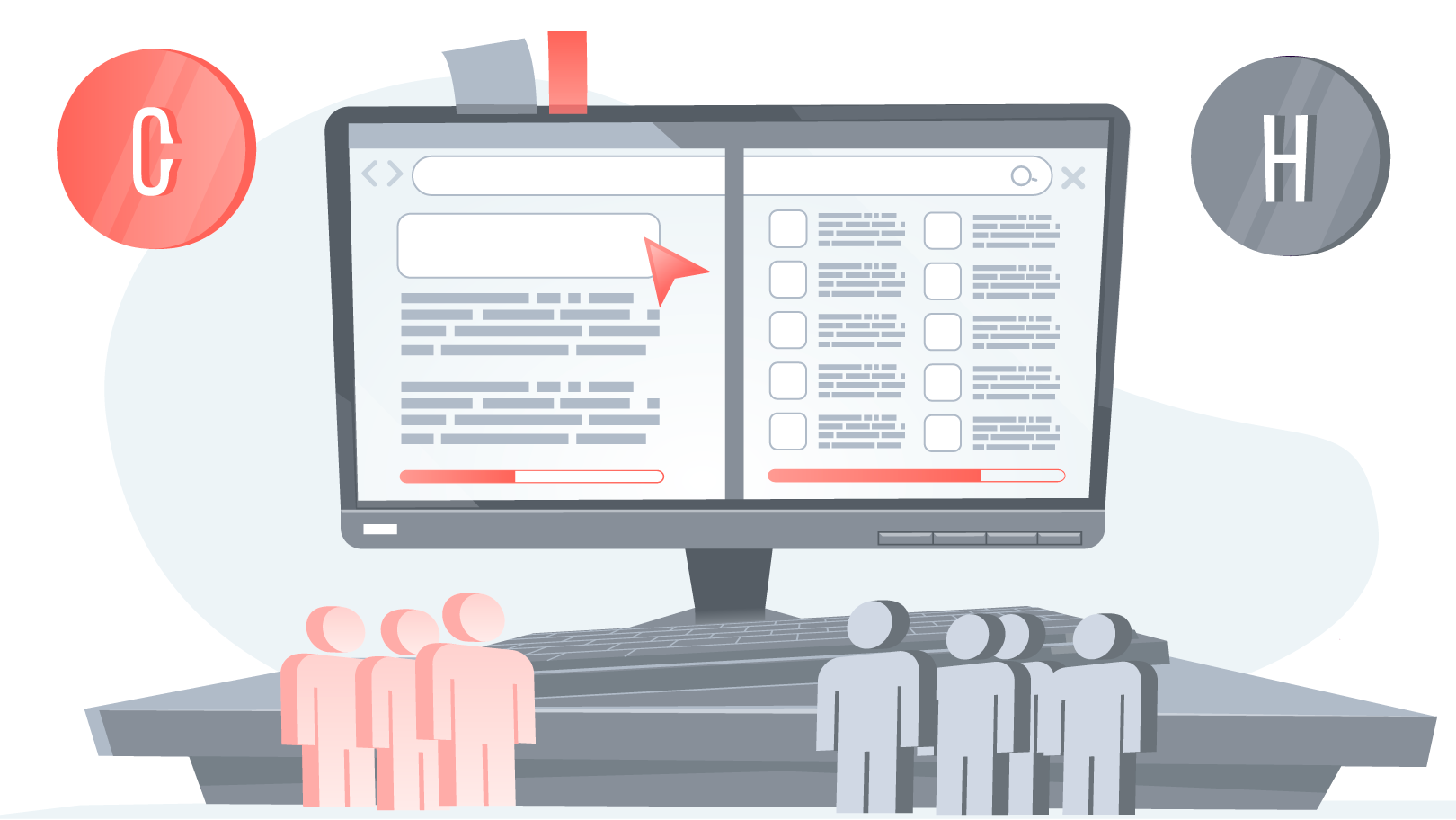Managing a design team is a complex and rewarding endeavor that requires a unique blend of leadership, creativity, and strategic thinking. As a design manager, you’ll oversee projects and ensure quality. Nurturing talent, fostering collaboration, and aligning design efforts with business goals and user needs is a complex process. Today, the role of a design manager is more critical than ever in driving innovation, delivering exceptional user experiences, and achieving organizational success.
With a team of highly skilled designers, strategists, and developers, Gapsy Studio specializes in providing a wide range of design services tailored to meet the unique needs and objectives of businesses across various industries. Here, we’ll discuss the intricacies of how to manage a design team. Keep reading!


